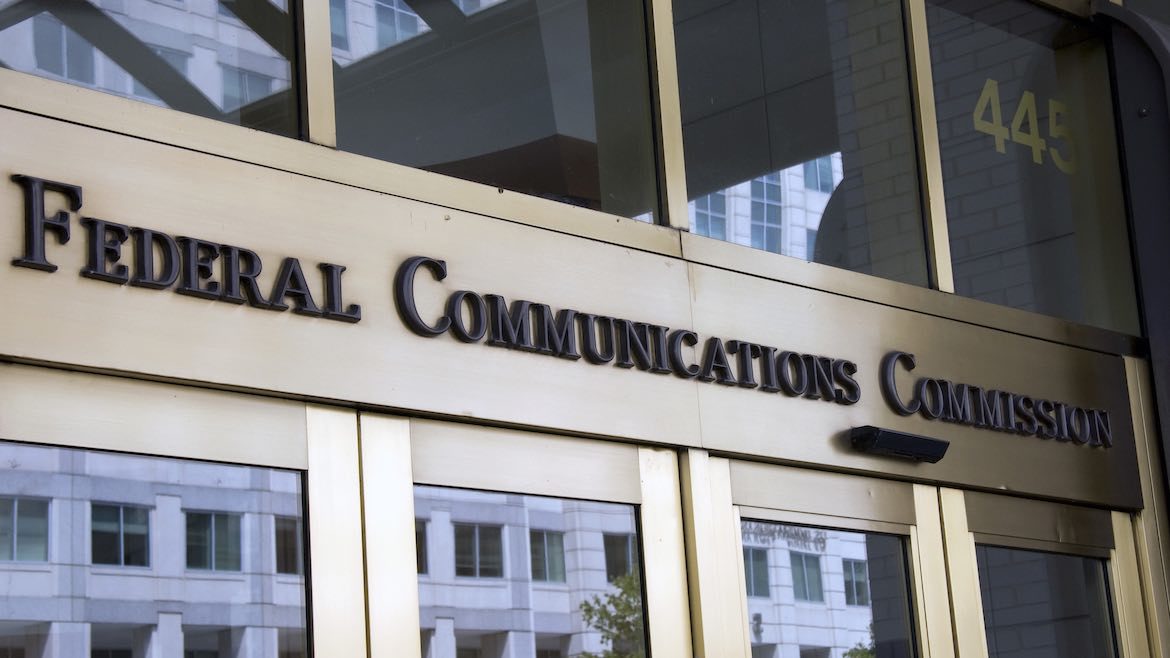Pubcasters succeed in push for FCC to include nonbinary gender option on reporting form

Mike Janssen / Current
A change at the FCC will allow broadcasters to accurately report their nonbinary employees’ identities in annual forms submitted to the commission.
A coalition of 18 public broadcasters, led by the law firm Foster Garvey PC, asked the FCC in 2021 to include “nonbinary” as an option for gender on employment reports to the commission.
The request came after the FCC said it was again considering requiring licensees to submit Form 395-B, an annual employment report that includes race and gender data for station employees. The form was last used in 2000.
The FCC ruled Feb. 7 that it would “incorporate into the form a mechanism that will enable identification of non-binary gender categories” but did not say what the mechanism would look like.
Brad Deutsch, an attorney with Foster Garvey, told Current that the coalition argued its request was a matter of accuracy. He also wrote in a June 28 statement that the success was “a testament to our commitment to fostering an inclusive environment.”
“We now know that making people pick male or female isn’t actually giving you accurate information,” Deutsch said. “The world has changed since you last used this form 20 years ago.”
The Communications Act of 1934, the coalition said in its filing, requires the FCC to accurately collect workforce data. The coalition said that if the FCC didn’t include other gender options on the form, “respondents will be forced to respond inaccurately, and the FCC will fail to serve the public interest.”
The coalition also pointed out that annual ownership reports, Form 323 for commercial and 323-E for noncommercial broadcasters, also lack inclusive gender options. Deutsch said the proceeding wasn’t related to those forms but urged the FCC to consider a similar change on ownership reports.
The coalition’s request was unopposed when the FCC made its ruling in February. But in a June 3 petition for reconsideration and motion for stay, a group of 20 broadcast licensees and two Catholic nonprofit organizations who said they are “faithful Catholics” called the coalition’s request a “Gender Ideology Mandate.” They said the FCC’s order requires them to “affirm and endorse ‘non-binary’ categories of ‘gender identity.’”
Deutsch said he didn’t think the Catholic group’s argument “makes any sense.”
“The form will still have male and female as valid answers, so no one’s being forced to do anything,” he said. “You continue to fill out the form exactly as you would have before they included a nonbinary option.”
The National Association of Broadcasters said in a June 3 petition for partial reconsideration that it was concerned the revision to the form would make nonbinary employees easily identifiable in the filings in a way that “could help facilitate ‘doxxing’ … and even personal threats from outside interests.”
The NAB also said it would put station managers in an “unnecessarily awkward position” if employees do not self-identify. “[A] station choosing to complete this entry could be forced to identify such employees simply based on their appearance, without any context,” it wrote.
The NAB didn’t oppose the inclusion of a gender nonbinary option but instead cited its concerns as an additional reason that the FCC should not publicly release Form 395-B data on a station-specific level.
In February, the FCC said it would resume collecting licensees’ Equal Employment Opportunity data on Form 395-B. It had suspended use of the form in 2001.
The FCC said in a February order that the legal battles that led to the form’s suspension didn’t call the form or the collection of workplace diversity data into question, though courts paused some of the commission’s EEO rules.
The FCC didn’t take action to reimplement the form until 2021 “in part because it needed to incorporate new standards for classifying data on race and ethnicity,” it said in the February order.
The form hasn’t been updated on the FCC’s website since it was last used. The commission hasn’t said whether nonbinary will be a gender option when licensees have to report in the fall.





